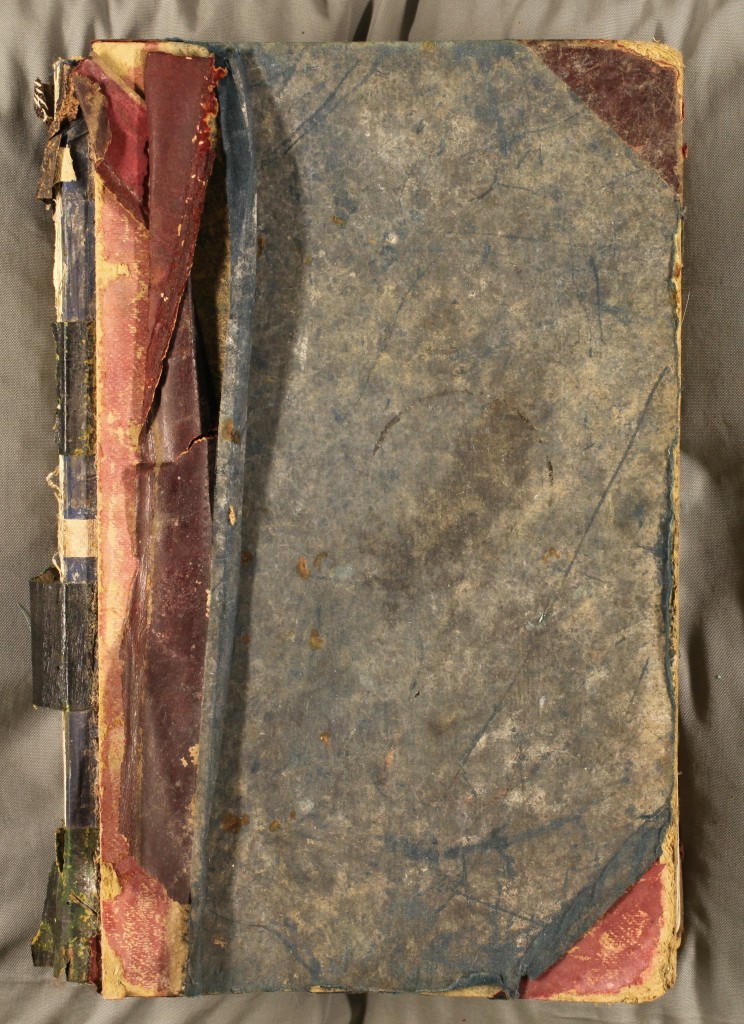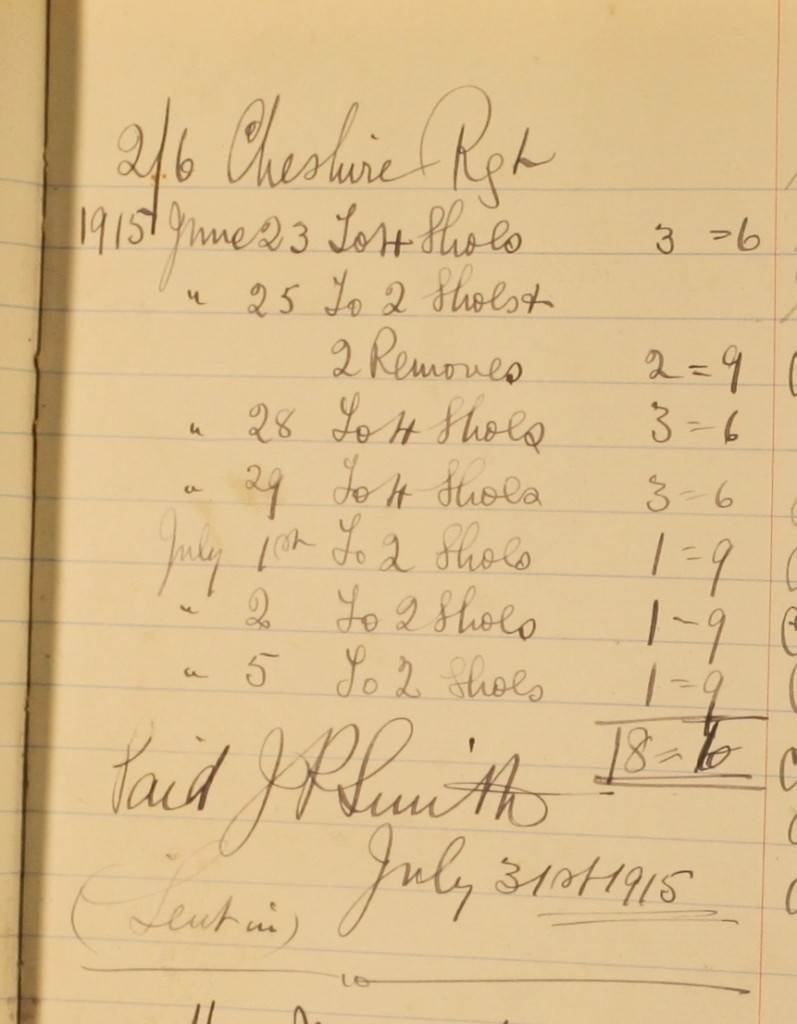Are you looking forward to chocolate eggs this weekend? Archivist Katharine Schofield takes a look back at Easter eggs in an earlier guise…
The tradition of giving Easter eggs can be traced back to the early Christian tradition of giving up dairy products for Lent. All of the household eggs would be used up on Shrove Tuesday (Pancake Day) and none could be eaten again until Easter, when households would need to restock.
In 1297 an extent was made of the manors of Walton, Thorpe and Kirby (D/DHw M1) which detailed all the land and valued all the rights of the lord of the manor. Manorial tenants held land from the lord in return for the payment of goods, money and labour.
In the three Soken manors, the tenants owed regular amounts of work to the lord on the lands which were kept ‘in hand’ (demesne land); that is they were farmed directly with the labour of the tenants. As well as threshing, weeding, reaping, ploughing, mowing and making hay, keeping and shearing sheep, they had to maintain the lord’s granary and byre and provide a horse for harrowing.
The lord of the three manors was St. Paul’s Cathedral and this explains why among their duties, the tenants had to load corn from the manor house on to a ship. In addition to the labour, they also paid rent and provided food. Those tenants who held one hide of land (120 acres) were obliged to give the lord 300 eggs at Easter.

Extract from D/DHw M1, detailing the labour and goods owed by the tenants of the three Soken manors to their lord, including 300 eggs at Easter. The word ‘Pasha’ (Easter) can just be made out at the beginning of the second line.
You can find out more about manorial documents at our new workshop Discover: Manorial documents on Tuesday 31 October 2013. Details are available in our events guide, which can be downloaded here.









